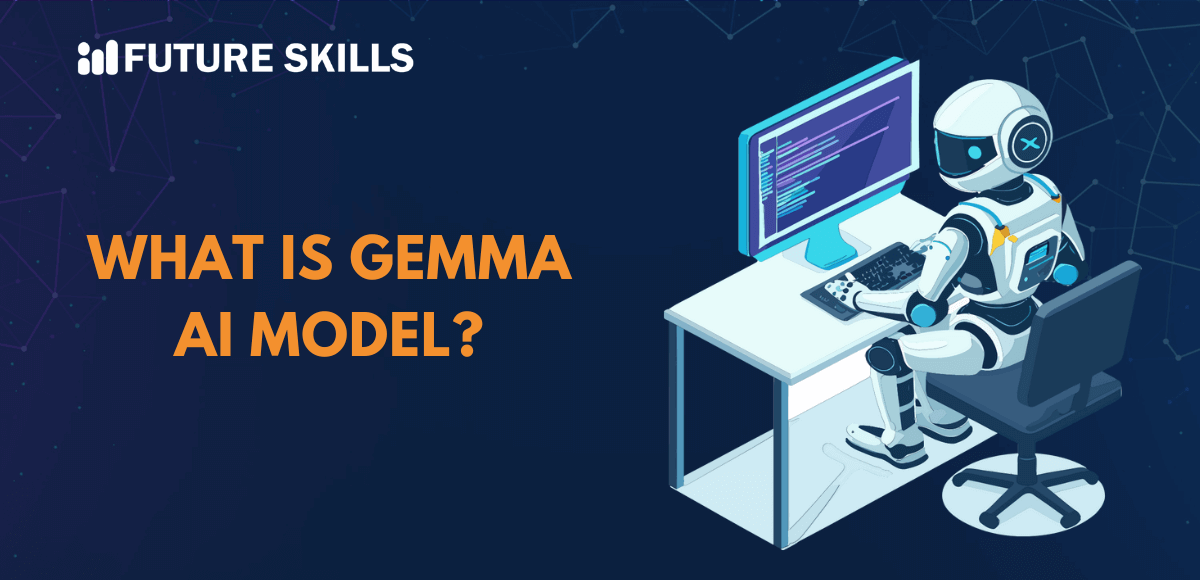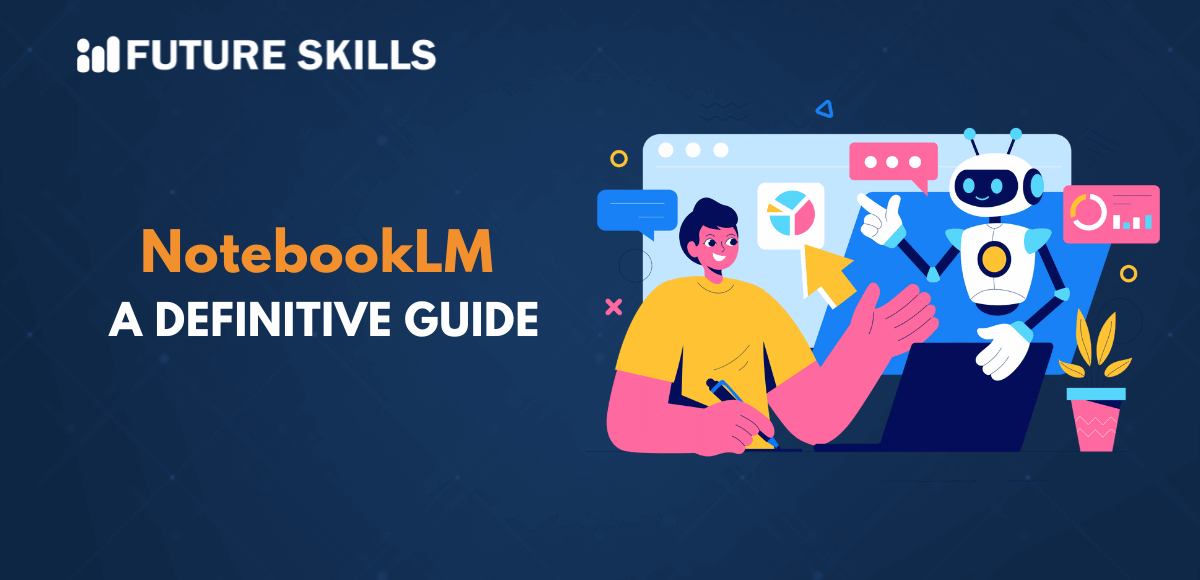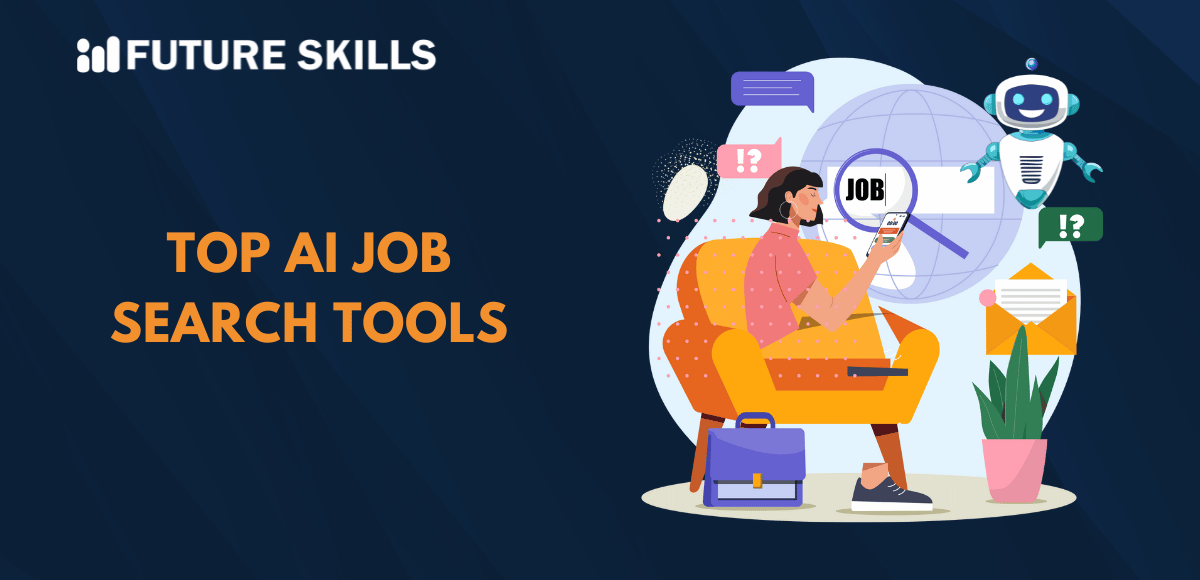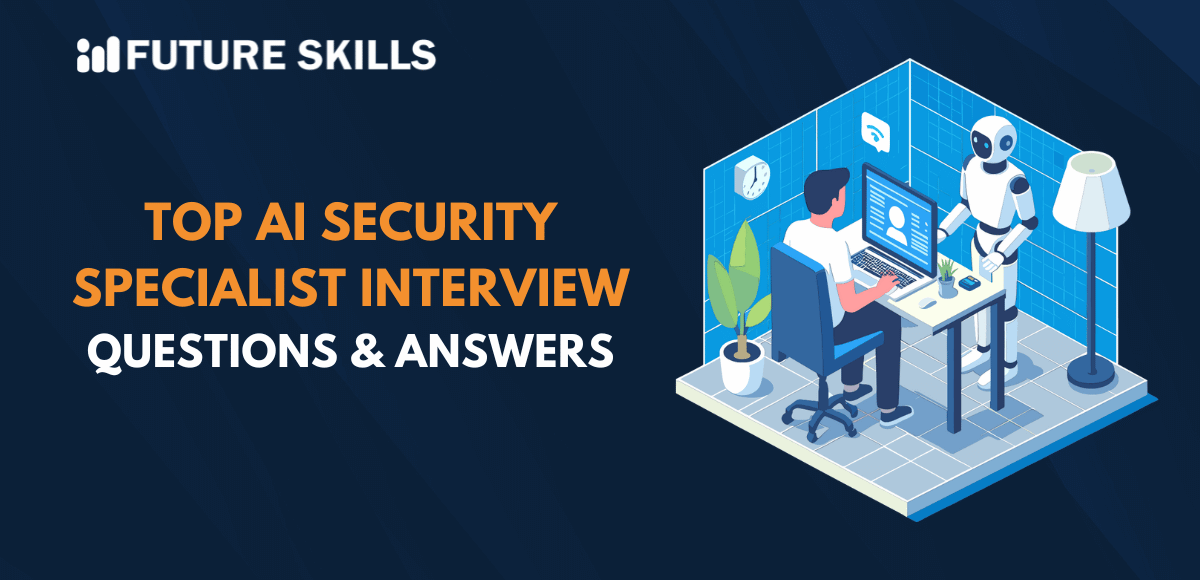Google has been one of the most powerful players in the domain of AI. While many people would assume that Google entered the AI race to compete with OpenAI ChatGPT, it had already initiated work on AI research a long ago. The Gemma AI model represents the outcome of efforts by the Google team to make AI accessible for everyone. Google has showcased a proven history of contributing to the open-source AI community.
For example, innovative AI advancements such as transformer models, TensorFlow, AlphaCode, AlphaFold, BERT models, JAX, and T5 have emerged from the house of Google. With Gemma, Google brings a new generation of open-source AI models to help developers and researchers with responsible AI development. Let us find more insights on the fundamentals of Google Gemma and its unique capabilities.
Now anyone can become an AI expert with our Certified AI Professional (CAIP)™ Certification. Enroll and learn from industry experts to become a professional.
What Should You Know about Google Gemma?
Gemma represents a collection of state-of-the-art, lightweight, open-source models. The Google open-source AI model has been developed by leveraging the research and technology that powers the Google Gemini models. Gemma has been created by Google DeepMind alongside other Google teams. The inspiration behind Gemma comes from Gemini, and the name means ‘precious stone’ in Latin.
In addition to the model weights, Google has also been introducing new tools for supporting developer innovation. The new tools by Google also encourage collaboration alongside guiding developers to use Gemma models responsibly. Google made Gemma publicly available all over the world on February 21, 2024.
The answers to “What is Gemma AI model?” also invite attention to the other key details about Gemma. Google has released model weights with two different sizes, Gemma 7B and Gemma 2B. Both of them have been created with access to instruction-tuned and pre-trained variants.
Google offers a responsible generative AI toolkit with Gemma to offer valuable guidance and important tools to create safer and more responsible AI applications. Gemma also offers toolchains for supervised fine-tuning and inference on all popular frameworks, such as TensorFlow, JAX, and PyTorch.
The other prominent features of Google Gemma include pre-defined Kaggle and Colab notebooks. The Google AI open-source models also offer the flexibility for integration with popular tools such as NVIDIA NeMo, Hugging Face, TensorRT-LLM, and MaxText. It can help you start using Google Gemma without any complicated steps.
The instruction-tuned and pre-trained Gemma models can work on your laptop, Google Cloud, or workstation. The flexibility for deploying Gemma easily on Google Kubernetes Engine and Vertex AI. On top of that, the flexibility of optimization for different AI hardware platforms, such as Google Cloud TPUs and NVIDIA GPUs, offers the assurance of industry-leading performance.
How Does Gemma Perform in Comparison to Other LLMs?
Gemma models work on the same technology and infrastructure components used in Google Gemini. The Gemma model Google has introduced recently can perform at par with one of the most advanced AI models you can find today. The technical infrastructure behind Gemma ensures that Gemma 2B and Gemma 7B can achieve the best performance than other open models. In addition, you can also run Gemma models directly on a desktop computer or laptop.
One of the significant highlights of Gemma is that it offers better performance than larger models such as Llama 2. Gemma has proved its capabilities with higher scores on different benchmarks alongside following Google standards for generating responsible and safer outputs.
Some of the most prominent benchmarks on which Gemma outperforms Llama 2 include MMLU, BBH, GSM8K, MATH, and HumanEval. Gemma’s exceptional benchmark performance in general intelligence tasks, reasoning, code generation, and mathematics-related tasks makes it a powerful tool.
Is Gemma a Responsible AI Model?
The next important feature of Gemma AI is the assurance of alignment with AI principles of Google. Gemma’s pre-trained models are reliable and safe. They leverage automated techniques for filtering out personal information alongside sensitive data from the training datasets. The Google team used reinforcement learning from human feedback and fine-tuning to ensure that the instruction-tuned models follow responsible behavior.
Furthermore, Google has also used comprehensive assessments such as automated adversarial testing and manual red-teaming to understand and reduce the risk associated with Gemma models. You can use the Model Card Google to find an outline of the assessment implemented for Gemma.
Most importantly, the Responsible Generative AI Toolkit with the Gemma AI model ensures that developers can create responsible and safe AI applications with Gemma. The toolkit includes special features such as guidance, safety classification, and debugging. Gemma offers a new model debugging tool that helps in investigation of the behavior of Gemma and addressing potential problems.
Users can also find a new methodology to develop effective safety classifiers by using limited examples. The collection of Gemma models also offers access to best practices for model development drawn from experience of Google in development and deployment of large language models.
Utilize ChatGPT to its full potential with our accredited Certified ChatGPT Professional (CCGP)™ course. It will boost your overall performance at work and help you achieve better outcomes.
Does Gemma Support Different Frameworks, Hardware, and Tools?
The usability of Gemma is a formidable highlight for drawing attention to Gemma amidst the crowd of generative AI models. The Google AI open-source models can be fine-tuned for your personal data and adapted to needs of specific applications. For example, you can fine-tune Gemma models for different tasks, such as retrieval-augmented generation or RAG and summarization tasks. Google Gemma offers support for different types of tools and systems.
The most promising feature of Google Gemma is the support for optimization across different frameworks, hardware, and tools. First of all, you can find multi-framework tools with Google Gemma that allow you to work with desired frameworks. Gemma includes reference implementations for fine-tuning and inference on native PyTorch, multi-framework Keras 3.0, Hugging Face Transformers, and JAX.
Another aspect that validates Gemma’s flexibility is its compatibility with all types of devices. You can use Gemma models on laptops, desktops, mobile phones, and the cloud, as well as IoT, thereby improving the accessibility of their AI capabilities. The Google open-source AI models have also been optimized to work seamlessly with Google Cloud. Vertex AI can help you access a large MLOps toolset featuring different types of tuning options and the facility for one-click deployment by leveraging in-built inference optimizations.
Fully-managed Vertex AI tools or self-managed Google Kubernetes Engine offer features for advanced customization. You can use the facility to deploy models on cost-effective infrastructure across GPU, CPU, and TPU from the platform of your choice. Google has also collaborated with NVIDIA to optimize Gemma to run on NVIDIA GPUs across local RTX AI PCs, data centers, and the cloud.
What are the Prominent Uses of Gemma?
The answers to queries like “What is Gemma AI model?” emphasize profoundly the facility of advanced capabilities. Therefore, it is important to find out how you can use Gemma in different generative AI applications. Gemma can help you build chatbots, retrieval-augmented generation applications, and text summarization tools. On top of that, Gemma’s lightweight nature ensures that it works effectively for real-time generative AI applications that operate at low latency.
The pre-training of Gemma by using large datasets helps save the time and cost required to develop datasets from scratch. As a result, developers can leverage a strong foundation to customize Gemma and build new AI applications. Pre-trained models are also useful for developing AI apps for natural language processing, computer vision, creative arts, healthcare, cybersecurity, and speech AI.
Another unique use of Gemma relies on training Gemma AI models on a diverse collection of English-language web text documents. It helps empower Gemma to understand a wide variety of linguistic styles, vocabulary, and topics. In addition, Google has also trained Gemma to understand mathematical text and programming language code. Therefore, Gemma can also help you answer mathematical and code-related questions as well as generate code.
Who are the Ideal Users of Gemma?
Gemma is the ideal option for anyone who wants to build new AI applications. The open-source and lightweight nature of Gemma, alongside its wider availability, ensures that it can democratize AI. Interestingly, developers can leverage the Responsible Generative AI toolkit to avoid unwanted problems with Gemma.
On top of it, the Gemma model Google relationship also sheds limelight on the pre-training of Gemma by DeepMind. It helps prevent the concerns of harmful, biased, and illegal content in output. Furthermore, you can access comprehensive model documentation that describes Gemma’s capabilities, biases, and limitations.
Learn how AI can boost your business with our new AI for Business course. It has the potential to save a lot of money and time for diffrent types of businesses.
Final Words
Google Gemma is the latest entry among the most prominent AI models tailored for generative AI applications. It has been tailored for the open community of AI developers and researchers with the goal of empowering AI innovation. The advanced capabilities of Gemma AI model, alongside its pre-training on large datasets, ensure that it is more efficient than larger models.
Gemma has performed effectively on different popular benchmarks for LLMs across different types of tasks. As the Gemma family expands, you can expect new variants tailored for a wide range of applications. Explore the fundamentals of Google Gemma, find out more about its unique capabilities, and learn how to use it to create new AI applications now.
Learn the complex concepts of AI from a fundamental level up with our genuine and comprehensive Certified AI Professional (CAIP)™ program. Expand your skill set to do wonders in your career.





